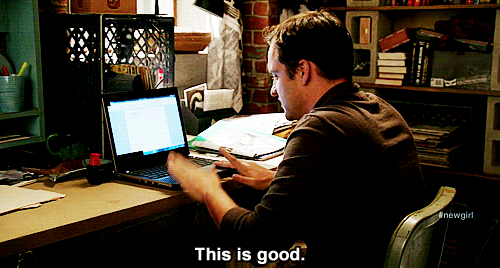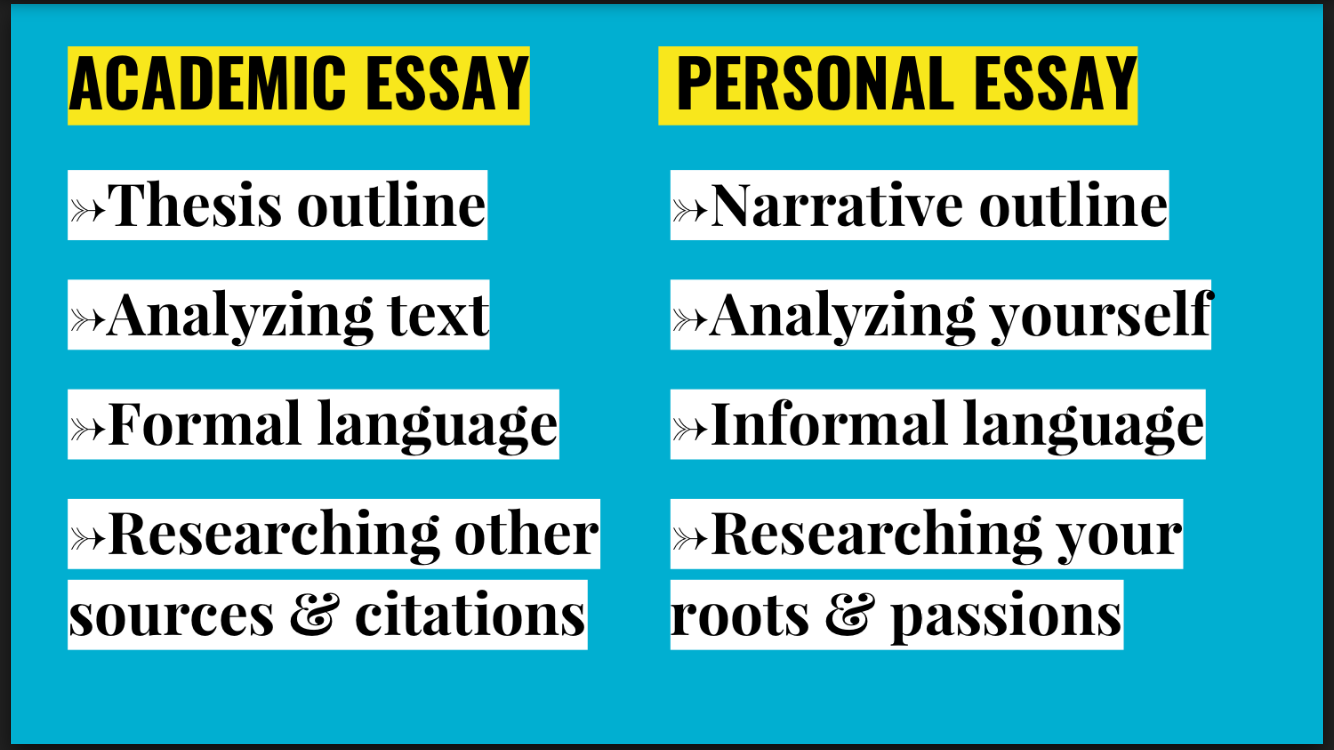6 Ways Coronavirus is Impacting College Admissions
/As the devastating virus keeps changing our lives in new and horrifying ways, here’s a round-up of how it’s impacting the admissions industry as we know it. There are a few silver linings in that colleges are increasing their acceptances to ensure they have a full class and are more open to financial aid negotiation than ever before given how the virus is impacting jobs across the world.
Your Admissions Chances Just Went Up
Students considering offers or awaiting decisions later this week from colleges across the selectivity spectrum can expect higher acceptance rates, as colleges take measures to ensure they will still have enough students enrolled come fall.
Reed College, a liberal arts school in Oregon, moved about 60 more students from the wait list to the acceptance pile last week, boosting its admit rate by 3 percentage points, to 40%. That should help insulate the school from a slide in yield, or the share of admitted students who accept their offers, said admissions dean Milyon Truelove.
[WSJ]
And That Includes the Ivies Too
Harvard announced last week that it admitted 4.92 percent of applicants to the Class of 2024 — the first percentage increase in six years. MIT and four other Ivy League schools also reported increased acceptance rates.
Of the eight Ivy League schools, Dartmouth experienced the largest increase in its acceptance rate — from 7.9 percent last year to 8.8 percent this year. The University of Pennsylvania and Yale followed, with increases from 7.44 to 8.07 percent and 5.91 to 6.54 percent, respectively. Brown’s rate grew from 6.6 to 6.9 percent. MIT saw an increase as well, with its acceptance rate rising from 6.7 to 7.3 percent.
The swelling admission rates mark the first break in a recent trend downward at Harvard and peer universities. [Harvard Crimson]
Financial Aid Packages May Also Be Better Now
Franklin & Marshall College, in Pennsylvania, will push its acceptance rate up by two points to 32% and is recalibrating its financial-aid models, said interim vice president for enrollment Donald Saleh. He cited bleak economic forecasts and families who may not be able to pay full costs anymore. “We will be ready to work with those families,” he said. [WSJ]
You’ll Have More Time to Make Your Decision
Well over 200 schools, including Williams College and the University of Utah, have extended their deposit deadlines beyond the traditional May 1 date. [WSJ]
Oregon State may have been the first college to move back the reply date for students to let a college know they are enrolling, from May 1 (the standard date) to June 1. [Inside Higher Ed]
More Colleges Are Going Test Optional
The University of California announced that it will suspend admission testing requirements for students seeking to enroll in fall 2021, among other temporary measures, to help students during the coronavirus pandemic. [CNBC]
Case Western Reserve University and three other colleges went test optional last week, citing the cancellation of SAT and ACT exams as a reason.
Also going test optional and citing the test cancellations were Concordia University Texas, Mansfield University of Pennsylvania and Westminster College, also of Pennsylvania.
Other colleges are shifting to test optional but not citing the current health crisis. Announcements in recent weeks include Chapman University, Hamline University, St. Bonaventure University and the University of Redlands. [Inside Higher Ed]
Colleges Are Concerned About International Enrollment
Twenty-eight percent of respondents said that they are bringing down their yield projections in an expectation that fewer international students will be able to arrive next fall. Twenty-seven percent of the survey respondents are admitting more domestic students to compensate for the decline in international students. [Inside Higher Ed]






























